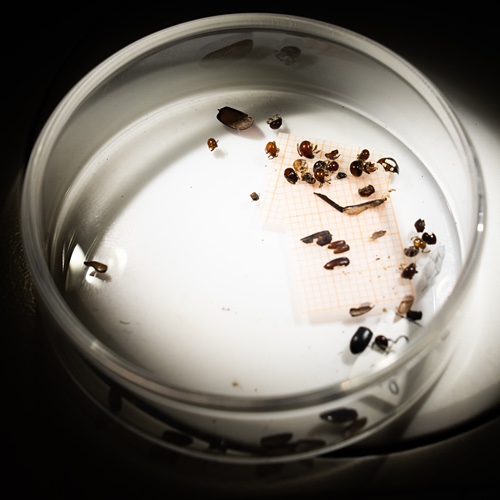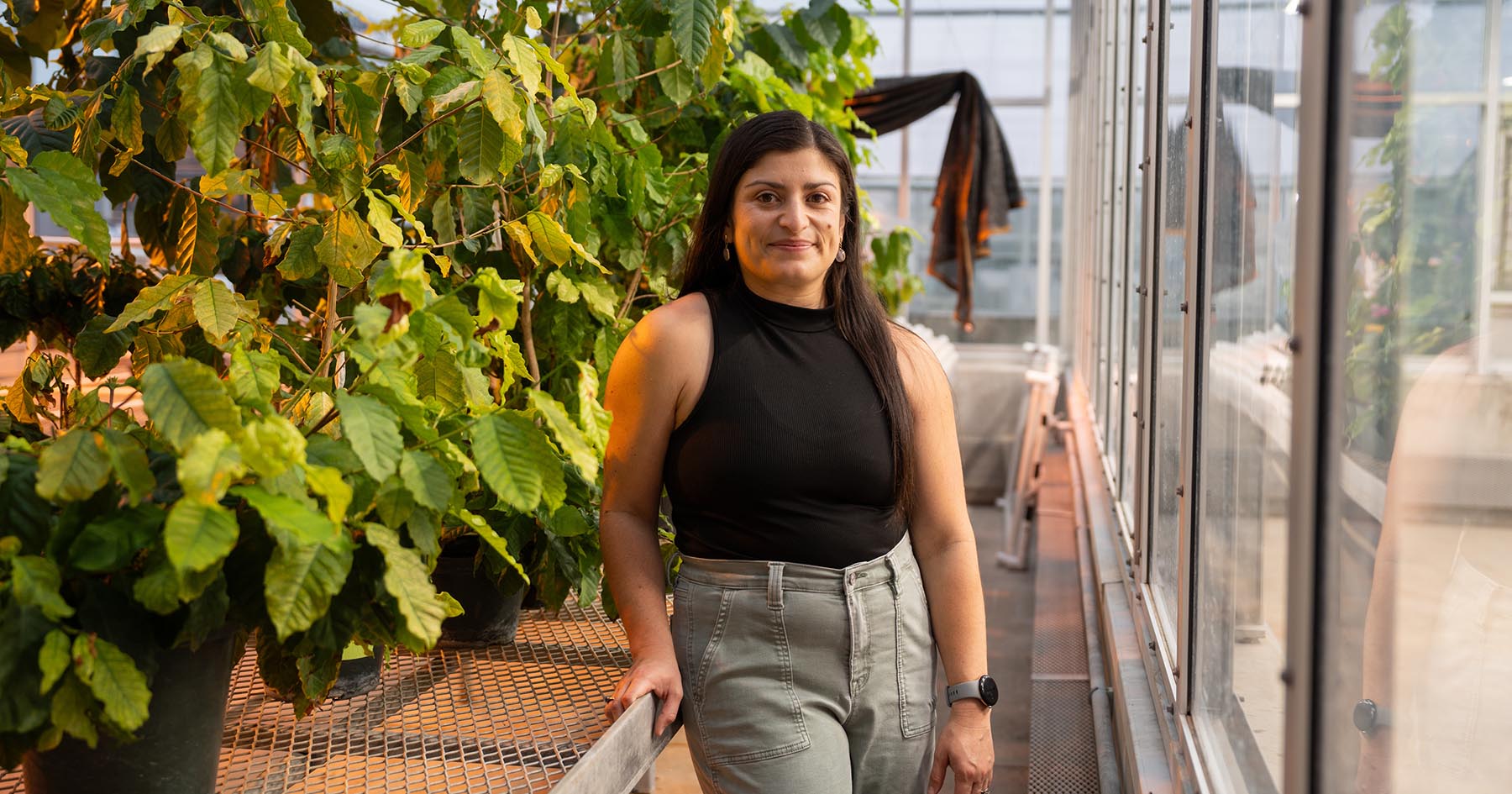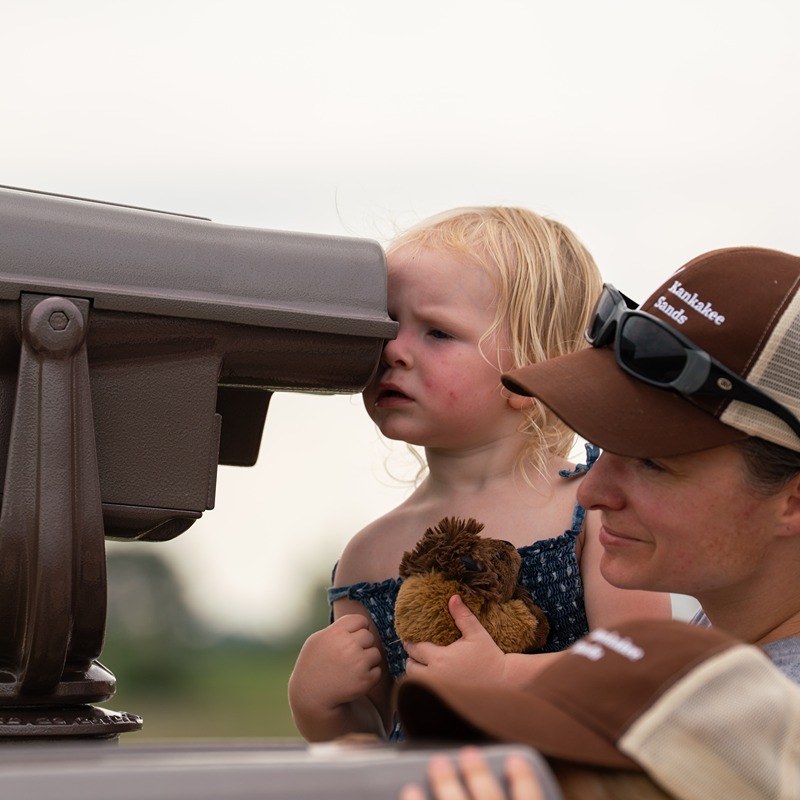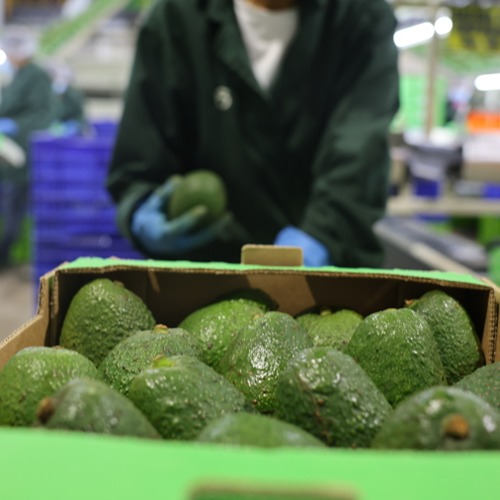‘How to Feed the World’ offers practical, positive solutions to food insecurity
A new book of essays by a multidisciplinary team of researchers from Purdue University helps readers understand how decisions made today by farmers, scientists, policymakers, educators and consumers are vital to ensuring global food security in coming decades.
The book “How to Feed the World,” is now available from Island Press. It includes 12 chapters examining key challenges and opportunities in the global food system. Topics are population growth, water scarcity, land use, climate change, technology adoption, competing food systems, international trade, food waste and loss, health, social license to operate, communication and achieving equal access to food.
“By 2050, we will have 10 billion mouths to feed in a world profoundly altered by environmental change,” said co-editor Jessica Eise, Ross Fellow in the Brian Lamb School of Communication. “How we meet this challenge will be the difference between food abundance and shortage, environmental preservation or destruction, and even life and death.”
Plain-language essays offer practical, positive solutions ranging from precision agriculture and nanotechnology to making healthy choices at the grocery store.
“We have the tools and ingenuity needed to achieve global food security,” says Ken Foster, professor of agricultural economics and co-editor of the book. “But the pursuit of a secure future begins with a clear understanding of the challenges facing our food system today.”
In addition to Eise and Foster, other Purdue contributors are Michael Boehlje, Otto Doering, Michael Gunderson, Thomas Hertel, Rhonda Phillips, Gerald Shively, Brigitte Waldorf, Nicole Olynk Widmar and Steven Wu, all from the Department of Agricultural Economics; Laura Bowling, agronomy; Keith Cherkauer, agricultural and biological engineering; Jeff Dukes, Purdue Climate Change Research Center; and Ariana Torres, horticulture and landscape architecture and agricultural economics.
To learn more about the book, including ordering information, go to http://islandpress.org/book/how-to-feed-the-world.





